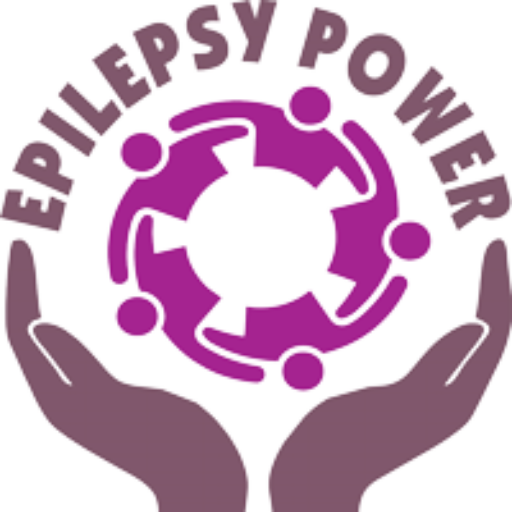- Introduction
- Section 1: Understanding the nature of epilepsy and recognizing potential triggers.
- Section 2: Challenges faced by people with epilepsy prior to employment
- Section 3: From respecting medical confidentiality to defining and implementing the necessary reasonable accommodations: the key role of the occupational physician
- Section 4: Type of accommodation for people with epilepsy in the workplace.
- Section 5: Ensuring safety in the workplace and creating a plan of action
- Concluding remarks
- Quiz
Total Participants: 1
Testimony from Claire:
“I don’t really know what triggers the attacks – it’s very sudden, everything’s fine, then the next thing I know I’m seized. Thank God I have time to realise that something is wrong, the famous ‘aura’ no doubt, so I have time to tell someone, unlock my front door and sit down on the floor away from any potentially dangerous objects or furniture… I’d say fatigue and lack of sleep over several days could be the cause… I don’t smoke or drink and I don’t take any drugs. I’m very vigilant about self-medication, which means that apart from paracetamol I don’t take anything unless I’m absolutely sure that it’s compatible with my treatment and my illness.”[1]
[1] Carenity. (s. d.-c). Les déclencheurs de crise les plus fréquents. Forum Epilepsie. https://www.carenity.com/forum/epilepsie/lepilepsie-au-quotidien/les-declencheurs-de-crise-les-plus-frequents-8674
To fully understand the accommodations that may be necessary for the professional inclusion of people with epilepsy, it is essential to first understand what epilepsy is, what seizures occur and what triggers them.
What is epilepsy? Epilepsy is a neurological disorder characterized by recurrent seizures.
A seizure is defined as “a transient onset of signs and/or symptoms due to abnormal, excessive or synchronous neuronal activity in the brain” (Fisher et al., 2005). Symptoms occurring during seizures may differ, depending on the area of the brain involved. Seizures can vary in intensity and form, including convulsive (tonic-clonic), absence and focal seizures.Anti-epileptic drugs are available. While these do not treat the disease, they are used to reduce the risk of seizure recurrence. Advances in diagnosis and therapy (surgical and pharmacological) enable the vast majority of people with epilepsy to control their seizures (around 70%), but social integration remains difficult to manage.
The incidence of epilepsy worldwide is 61.4 per 100,000 inhabitants per year, and varies with age, with two peaks, one in childhood and the other in the elderly. Epilepsy is a complex, heterogeneous disorder that affects many different aspects of an individual’s life. Epilepsy can lead to greater disability, increased mortality, morbidity, stigmatization and social costs. Cognitive functioning can also be impaired by the disease or by the effects of anticonvulsant drugs, so that people with epilepsy often have a low level of education and become under-qualified.Another important factor is the presence of psychiatric comorbidities, more frequent than in the general population, such as anxiety and depression.
In addition to internal factors, there are also external barriers, in particular stigma (perceived and enforced), false myths, misconceptions, ignorance and poor social and family support.
All these factors, combined with the unpredictability of seizures and their poor control, lead to a deterioration in quality of life, difficult social and professional integration, and further marginalization of people with epilepsy.
Understanding and identifying personal triggers is essential for individuals with epilepsy to manage their condition effectively. Collaboration with healthcare providers to develop a comprehensive management plan is crucial for reducing seizure frequency and improving quality of life. However, triggers can vary widely among individuals.
Here are the main factors that can be involved in seizure:
Stress: Emotional stress can increase the likelihood of seizures. Stress can come from personal, professional, or environmental sources.
Sleep Deprivation: Lack of sleep or disrupted sleep patterns are common triggers. Consistent sleep schedules are important for seizure management.
Flashing Lights: Known as photosensitivity, flashing or flickering lights, including from screens or strobe lights, can provoke seizures in some individuals.
Certain medications and substances, dietary factors like certain food additives, caffeine, and low blood sugar levels or alcohol consumption can be triggers. Dehydration, hormonal changes like menstrual cycles, illness and fever can influence seizure patterns too.
Reflective exercise.
Stress is known to be a potential trigger for epileptic seizures.
Try to identify and list the sources of stress that can trigger epileptic seizures within your organization.
How do you go about identifying these sources of stress at a personal level, at work and in the employee’s working environment?
Once the list has been drawn up, what action should be taken?
